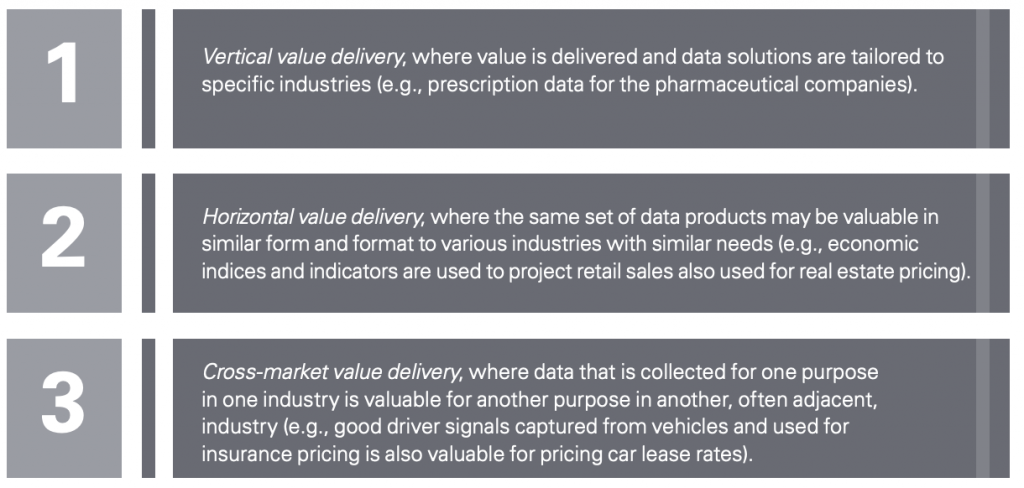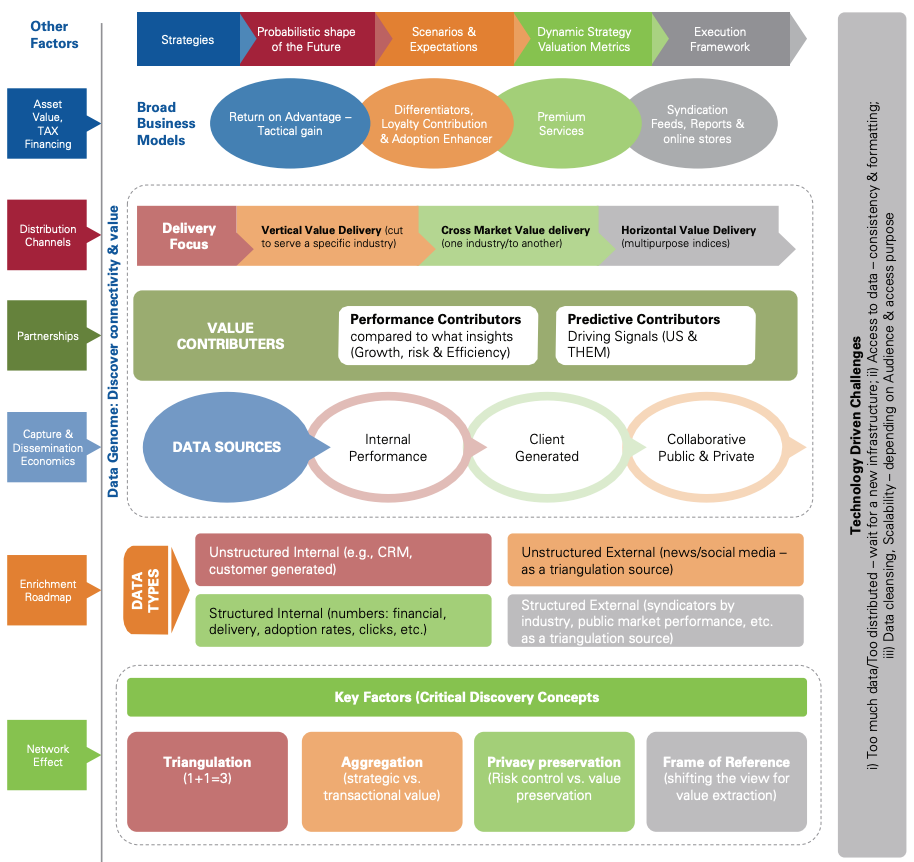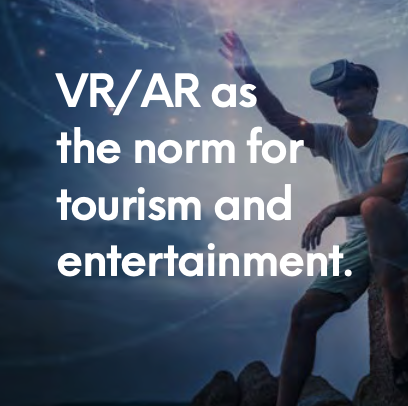As the world is increasingly digitizing, you might have come across stories saying how ‘data’ is changing the world. Data is used in whichever industry, helping cure diseases, boost company performances or help make buildings more carbon friendly (Panoho, 2019). In other words, this data is everyone’s best friend isn’t it? Well, for most companies not quite yet. Whereas some companies already effectively use data to help make better decisions (Deloitte, 2013), the mere amount have not captured the full benefit yet. To take full advantage of data, a company should first know how to create value form the data. They should think on how to exploit this asset (that data is) in order to convert that asset into money. This phenomenon of using data to increase revenue or decreasing costs is also known as: data monetization (Panoho, 2019).
Building a data monetization should be a companies’ main challenge. This challenge is complex and consist of various factors and decisions (KPMG, 2015). Illustratively, this article focuses on just one aspect; ‘road to commercialization’ It is essential for companies to explore and choose their effective road to commercialization (KPMG, 2015). These can be subdivided into three approaches. First, vertical value delivery commercialization means that data solutions are solely tailored to just a specific industry. Contrastingly, horizontal value delivery entails data solutions to be used in multiple industries (with similar needs) simultaneously. Lastly, firms could also decide on a cross-market value delivery in which data is used in multiple industries and for different purposes.

Having decided the road to commercialization, there are many other factors to include in an effective data monetization strategy. All in all, the success of such a data monetization strategy depends on effective execution (Deloitte, 2013). A digital strategy should be embedded throughout the whole company; including the right culture, organizational mechanisms, commitment and executive attention. An article on data monetization by KPMG (2015) pointed out that the first step is to assess the current state of the organization. Companies in this digitized world should differentiate through data-driven decision making, tactical analytics and building a comprehensive data strategy focused on a sustainable competitive advantage. All these factors are summed up in this diagram below which could serve as a data monetization framework for companies. This diagram depicts all factors and perspectives to consider when shaping such strategies.

With this article my aim was to create a better insight into the complexity of data monetization. The topic is briefly discussed in class but seems to involve numerous different factors in practice.
References
Phillips, T., 2013. The Analytics Advantage We’re just getting started, London: Deloitte.
KPMG, 2015. Framing a winning data monetization strategy, New York: KPMG.
Panoho, K., 2019. The Age Of Analytics And The Importance Of Data Quality. [Online]
Available at: https://www.forbes.com/sites/forbesagencycouncil/2019/10/01/the-age-of-analytics-and-the-importance-of-data-quality/?sh=4cae564d5c3c
[Accessed 29 09 2021].




